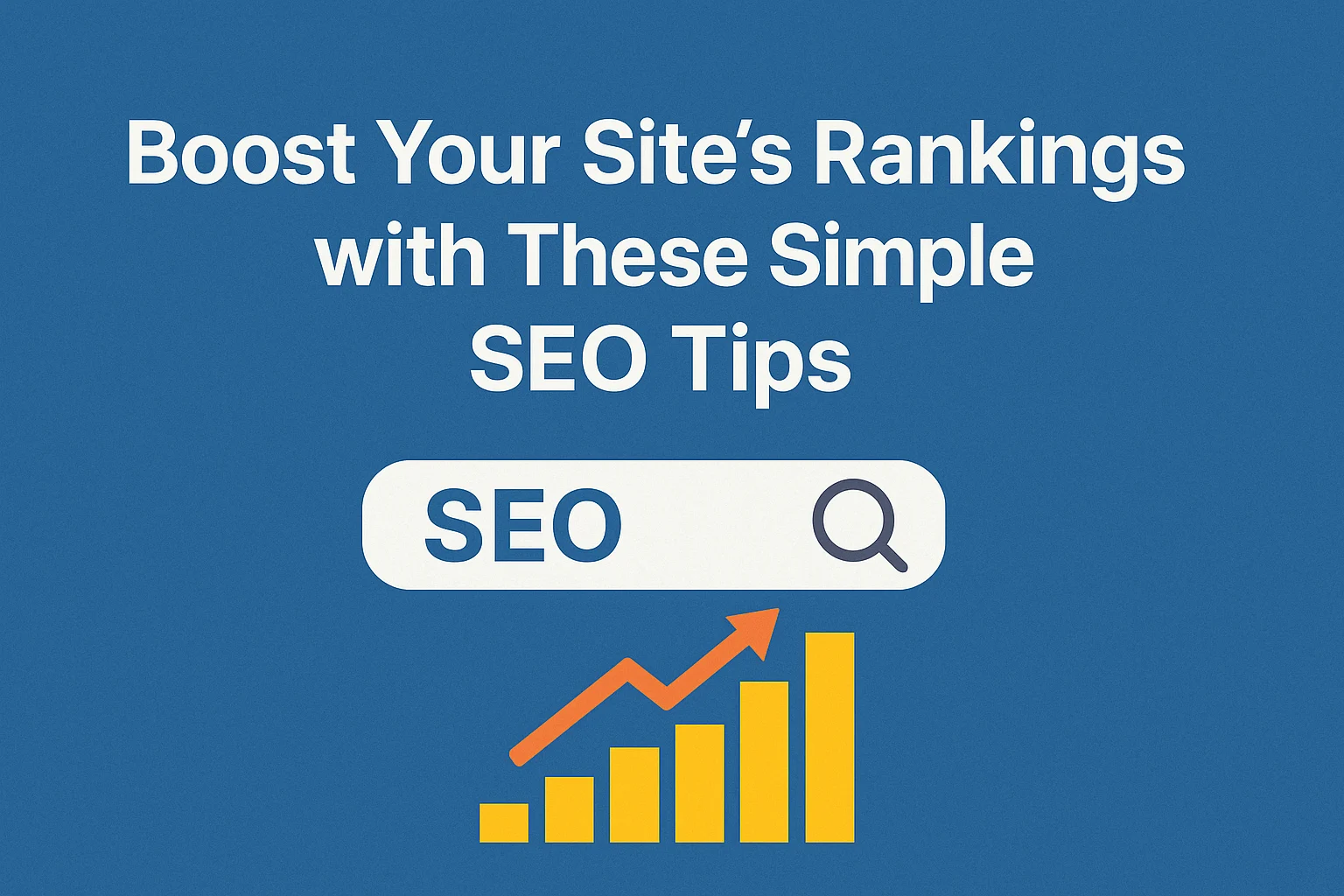In today’s competitive digital landscape, getting your website to the top of search engine results isn’t just a luxury—it’s a necessity. Whether you’re a blogger, business owner, or digital marketer, understanding and applying the right SEO tips can dramatically improve your site’s visibility, drive organic traffic, and increase conversions.
With the growing influence of AI-powered search platforms like Google AI Overview, Bing Copilot, ChatGPT, and Perplexity, SEO strategies must be smarter, more structured, and user-centric than ever. This guide breaks down simple yet powerful SEO tips that are aligned with the latest trends and search engine algorithms.
1. Start with Keyword Research That Aligns with Search Intent
Why It Matters
Many websites struggle to rank because they target high-volume keywords without understanding search intent—what the user really wants. Intent-aligned keywords perform better in AI-driven and traditional search results.
Actionable SEO Tips
- Use tools like Semrush, Ahrefs, or Ubersuggest to find keywords with balanced volume and intent.
- Focus on long-tail keywords (e.g., “best SEO tips for small businesses”) that reflect user queries.
- Structure content to match the intent:
- Informational: Guides, how-tos
- Navigational: Brand or product searches
- Transactional: Reviews, comparisons, CTAs
Example: Instead of only targeting “SEO tips,” optimize for “simple SEO tips for beginners” or “SEO tips to increase Google rankings.”
2. Optimize On-Page SEO Elements Thoroughly
Why It Matters
On-page SEO sends clear signals to both search engines and AI models. Properly optimized pages are more likely to be featured in rich results and AI answers.
Key SEO Tips for On-Page Elements
- Meta Titles: Include the focus keyword early and stay under 60 characters.
- Meta Descriptions: Write compelling summaries with keywords, under 160 characters.
- Header Tags (H1–H3): Use a clear hierarchy with keyword-rich headings.
- Image ALT Text: Describe images using relevant keywords for accessibility and SEO.
- Internal Linking: Link to related content using descriptive anchor text.
Bonus: Use structured data (e.g., FAQ, Article, HowTo schema) to boost your chances of appearing in AI Overviews and Featured Snippets.
Read Also: On-Page SEO Tips For Better Traffic And Google Rank
3. Improve Page Load Speed and Mobile Usability
Why It Matters
Google’s Core Web Vitals and mobile-first indexing make speed and usability critical ranking factors. Slow or poorly optimized pages lead to higher bounce rates.
Tools and Tips to Implement
- Use Google PageSpeed Insights and Lighthouse to audit speed.
- Compress images with TinyPNG or ShortPixel.
- Implement lazy loading, use fast hosting, and clean up unused JavaScript.
- Ensure responsive design across all devices with a mobile-friendly layout.
Industry Insight: A study by Portent found that websites loading in under 1 second convert 3x more than those loading in 5+ seconds.
4. Create High-Quality, Authoritative Content
Why It Matters
Content is the cornerstone of SEO. But quality, not just quantity, determines performance—especially with AI-powered search engines analyzing trust signals and authority.
Content-Driven SEO Tips
- Focus on E-E-A-T: Experience, Expertise, Authoritativeness, Trustworthiness.
- Answer real user questions with well-researched, in-depth content (1,200–2,000+ words).
- Use data, statistics, expert quotes, and visuals to enrich content.
- Refresh outdated articles regularly with new data and internal links.
Example: Instead of general advice, write “10 SEO Tips Backed by Google’s Ranking Factors” or “SEO Tips That Actually Improved My Traffic by 120%.”
5. Build High-Quality Backlinks (Naturally)
Why It Matters
Backlinks remain one of the most influential Google ranking factors. High-quality links from reputable sources signal domain authority.
White-Hat Link Building Tips
- Create original, link-worthy resources (e.g., infographics, studies, tools).
- Use guest posting on niche-relevant, high-authority websites.
- Reach out to bloggers and journalists via HARO (Help A Reporter Out) or Qwoted.
- Submit to directories, industry forums, and local business citations.
Tip: Avoid spammy or paid link schemes—they can get you penalized.
6. Use Internal Linking to Strengthen Site Architecture
Why It Matters
Proper internal linking helps search engines understand content relationships, distributes link equity, and improves crawlability.
SEO Tips for Internal Linking
- Link from high-authority pages to newer or underperforming content.
- Use descriptive anchor text, not generic phrases like “click here.”
- Create pillar pages that link to cluster topics and vice versa.
- Fix orphaned pages (pages with no incoming links).
Pro Tool: Use Screaming Frog or Ahrefs Site Audit to identify internal linking gaps.
7. Stay Updated with SEO Trends and Algorithm Changes
Why It Matters
Google makes thousands of updates annually, many of which are now AI-enhanced. Staying current helps you adapt and stay competitive.
Where to Stay Informed
- Follow trusted sources: Search Engine Journal, Google Search Central, Moz Blog.
- Subscribe to newsletters like SEOFOMO and Search Engine Roundtable.
- Use tools like Semrush Sensor or Algoroo to track SERP volatility.
Reminder: SEO is a continuous process, not a one-time setup.
Final Thoughts: Small SEO Tips, Big Ranking Results
Ranking on Google—and now across AI tools like ChatGPT and Perplexity—requires a strategic mix of technical precision, content depth, and user-first experience. These simple SEO tips are actionable, scalable, and effective in helping websites of all sizes improve their visibility.
Whether you’re just starting out or refining an advanced strategy, consistency and relevance are your most powerful tools.




